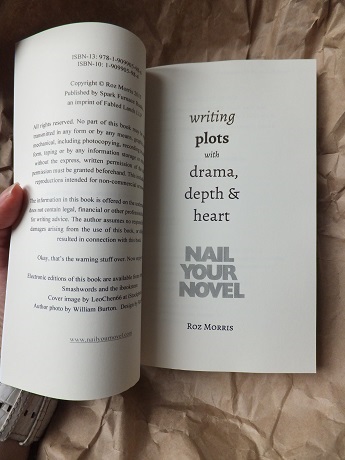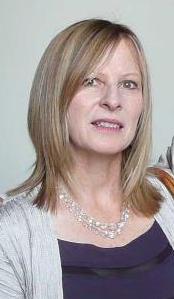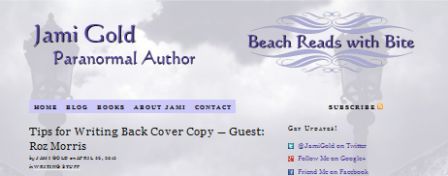 I recently changed the covers of my Nail Your Novels … and got myself a nice long to-do list as a result. But as well as refreshing the look of the books, a redesign is also a chance to smarten up the covers’ marketing potential. Here’s how.
I recently changed the covers of my Nail Your Novels … and got myself a nice long to-do list as a result. But as well as refreshing the look of the books, a redesign is also a chance to smarten up the covers’ marketing potential. Here’s how.
Don’t miss the opportunity to tweak your sales wording
I’ve already blogged about changing the cover design to target readers effectively (the last time I changed the cover of book 1, as it happens). But revising the book doesn’t have to stop at the visuals. Since you published the title, have you had any standout reviews? Work them into the redesign – on the front as a teaser or the back as part of the sales blurb.
Indeed, could you add punch to the back cover copy? Sometimes reviewers sum up our books much better than we can ourselves. A reader who really got the book might have written you a brilliant logline. Search your reviews in case.
 If you have an ‘about the author’ paragraph on the back, should you update it? Perhaps you’ve published more books, or won a prestigious award.
If you have an ‘about the author’ paragraph on the back, should you update it? Perhaps you’ve published more books, or won a prestigious award.
What about your author photo? My Nail Your Novels had three different author photos according to the years they were published (and the hue of my hair), but with this reboot I decided to use a new image to make them look more current and uniform. 
I also found I had room on the back for miniatures of the other books in the series – a good visual way to let readers know they’re part of a set.
Read all the copy!
Even if you change only the fonts, you should proof-read all the cover material anew. Any time a change has been made, even if it’s just cosmetic (fonts etc) there’s a possibility for a letter to be deleted or a copy-and-paste to go wrong. If the new font doesn’t behave like the old one, you might find the copy doesn’t fit – check that the final sentence of your blurb or author description hasn’t disappeared into a mysterious limbo.
Read the spine too. Mistakes can happen anywhere. Especially there.
If you’re upgrading an entire series, be alert for copy-and-paste mistakes between the books! A designer who is working on several covers at once might paste an element in from another cover as a placeholder or to copy the style, and forget to type the correct wording. Check each book has its correct title and description, and not a pasted bit from another book in the series.
Picture and artwork credits
If you’ve credited the designer on the cover, you might need to update this. And if you’ve used photo library artwork, the T&Cs might require you to credit the originator – either inside the book or in a convenient place on the artwork. Sometimes, font originators need a credit (if they do, it’ll be in the T&Cs when you acquire the font). Don’t forget to credit your author image photographer as well. So: remove outdated credits and add new ones as necessary.
I’ve already mentioned updating credits for the cover images and design. What about the design of the title page? My title pages continue the design from the cover font, so I updated those too.
If you have images of your books in the back matter, they’ll need updating.
In the ebooks
If you have image and design credits in the ebooks, don’t forget to update these. Or images of your other covers.
Other admin
My books’ facelift also generated a number of other itty bits of admin
- Website headers
- Blog badges
- The books’ pages on my website(s) (why did I have so many sites?!)
- Excerpts on preview services (I use Bookbuzzr)
- Headers on Facebook, Twitter, my newsletter sign-up, G+ …. Everywhere, really. I don’t think I’ve found all mine yet. (If you spot one, let me know!)
- Business cards, bookmarks, postcards, posters for events
And if you smartened up the back cover copy or logline, don’t forget to update your sales descriptions on Amazon, Smashwords, Kobo, Ingram … everywhere. But you don’t have to worry about your Amazon author page or the Look Inside feature – those update automatically but you have to allow a week or so for the changes to filter through.
Is there anything I’ve missed? I’m sure there is. Tell me here!








